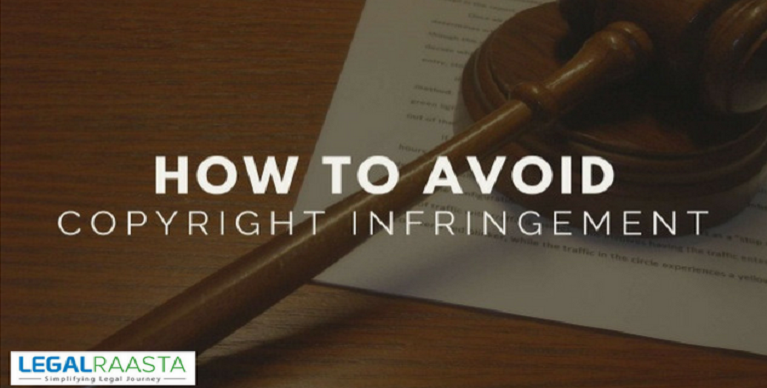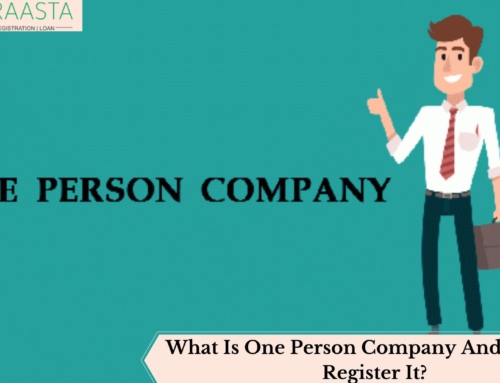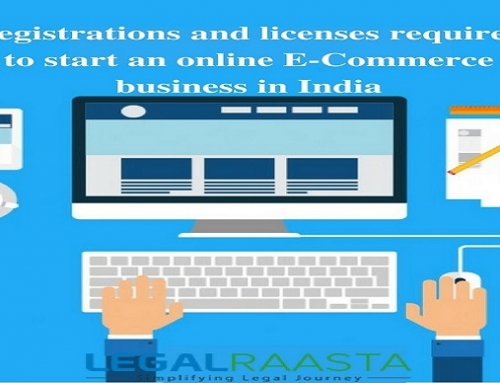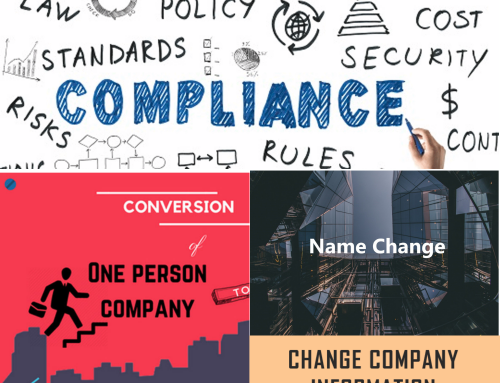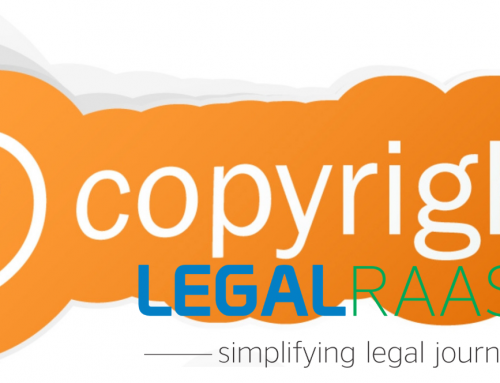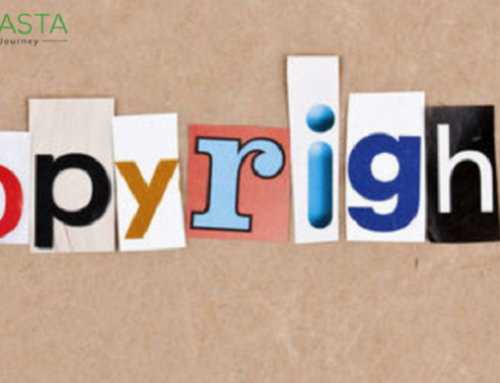Copyright is a well-known type of intellectual property (IP) protection which is represented by the © symbol. However, copyright extends beyond the video to songs, pictures, books, blogs, podcasts, paintings and even the software. For those who are both the consumers and the business owners, it’s important for them to know as to how to avoid copyright infringement.
Once a work has been expressed in a tangible medium, which is either paper, electronic, recording or anything that can be seen, read or heard, the business owner can actually have a copyright protection. Technically the © is not required on the work, but it’s a good idea to use the © symbol or in order to sign paintings.
The Copyright laws have however been designed to protect the creator of the original works, which are the creative expressions from others using and profiting their work, without their permission. The idea is that the author or the creator owns the rights to the work and they can decide if and how others use his or her creation.
Some of the examples of copyright infringement include:
- The Downloading movies and music without proper payment for use
- The Recording movies in a theater
- Using others’ photographs for a blog without their permission
- Copying of the software code without giving them proper credit
- Creating of videos with unlicensed music clips
- Copying of books, blogs or the podcasts without permission
- Anything where a person copies someone else’s original work without an agreement
However, some of the tips in order to avoid copyright infringement or violation are:
- Use Caution If It’s Not Your Original Work
If the user did not create it, the work is not the person’s to use freely, even if there is no copyright symbol. The user must look for the license or permissions before he uses anything that isn’t his.
Video hosting companies such as YouTube use the software in order to check the music for copyright infringement before they allow uploads. Slide share allows the users to report the copyright infringement. Artists and the author can also subscribe to online services that help them to monitor and report plagiarism.
- Read, Read, Read
Many creators do wish to share their works either for a fee or for a proper attribution. The rules for the use or the terms are often in the form of a license. It’s important to review and read the licensing terms in order to avoid the issues.
- Don’t Believe the Urban Legends
While an open source code has reduced the cost of the software development, it can be a landmine to use if the person does not read the license for the rules regarding its commercial use. It is not as open as one might think as some licenses prevent the reselling of the code.
Look for Fair Use
Although ignorance is not a defense, but there are some exceptions to the copyright infringement laws. There is an exception called “fair use,” which is often associated with the concept of education. The concept is that if the user is using a photo or an article for educational or for non-commercial purposes, then the user may be exempted from infringement.
Overall, it’s important to understand that the copyright laws or the rights for any original creations in order to avoid copyright infringement. Being diverted by the fines or the legal action can take up valuable time and resources. The steps in order to avoid copyright infringement are quite simple: identify and protect the original works, and educate the family and/or employees about copyright infringement.

